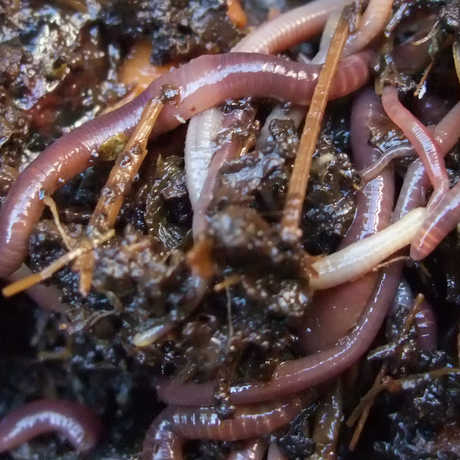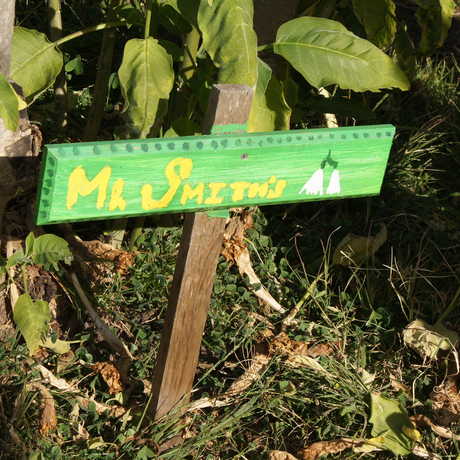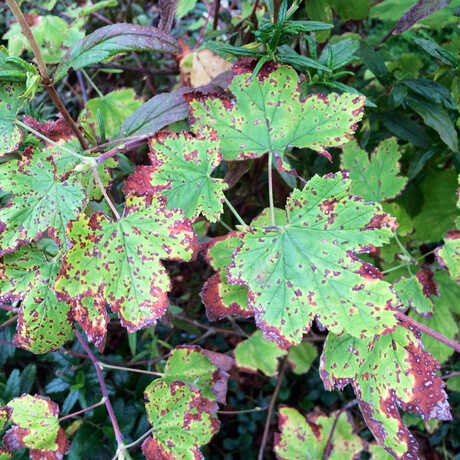
© nutmeg 66
0
How can you turn a snail, worm, or roly-poly into an object of inquiry for a young learner? Simply ask a few questions! With this activity, you can help guide students in making observations of a living thing and asking relevant questions about its characteristics or behavior.
Objectives
In this activity, students will:
- practice observation as they examine a live animal.
- demonstrate curiosity by asking questions about the animal.
- share and record their observations and questions.
Materials
- a live animal to observe! use a classroom pet or try collecting snails, worms, roly-poly bugs, or other invertebrates from your yard
- magnifying glasses
- drawing materials
Preparation
- Spend a little time observing the animal yourself. What are some things that you, as an adult, notice and wonder about it?
- Notice whether the animal seems to be more active at certain times of day or under certain circumstances (such as just after being fed). If so, you may want to plan to do this activity doing one of these more active times.
- Place the animal(s) in a container that makes it easy to see.
Exploration: Observe
- Have students spend time looking at the animal. Ask them “What do you notice? What do you wonder?”
- If it seems practical (depending on the size of the animal and how much it moves around), give each student a magnifying glass and show them how to use it to look closely at the animal.
- Encourage students to remain focused on the animal for a period of time. The longer they watch, the more questions tend to come up.
- Let students generate their own observations as much as possible. You can also prompt them to look closer with questions like:
- What do you see?
- Is it all one color? Or are different parts different colors? What colors do you see?
- How many legs does it have? How many eyes does it have? (Or any other body part.)
- Does it have any markings on it? What shapes or patterns do you see on it?
- As students generate questions about the animal, try to keep yourself from answering right away. The natural impulse for adults is to respond immediately with an answer to every question. However, leaving the questions open for a while keeps the “wondering” process going for students, and will lead to more observations, more questions, and deeper thinking.
- Be sure to share some of your own questions with your students. Students easily pick up on their teacher’s attitudes. Hearing you “wonder” about the animal will encourage their own curiosity.
Exploration: Record
- After students have spent some time looking, noticing, and wondering, provide drawing materials and ask students to draw the animal in their journals. Encourage them to include the things they have noticed in their drawings to the best of their ability. For example, if they noticed the animal had six legs, they should show six legs in the drawing. If they noticed the animal was brown and black, the drawing should be brown and black.
- With an adult’s help, have the students record at least one “I notice” statement and one “I wonder” statement in their journals.
Reflection
Wrap up the activity with a group discussion. Have each student share with the class the things they notice and wonder about the animal.
Extensions
This activity can stand on its own as an observation exercise. However, if desired it can also be a starting point for a longer investigation.
- As a class, compile a list of questions about the animal. Write the questions on the board or chart paper.
- Tell students that different types of questions can be answered in different ways. Some questions can be answered by finding information in books. Some questions can be answered by asking an expert. Some questions can be answered by doing experiments. You will be working together to learn the answers to as many questions as possible.
- Over the next week or more, explore different avenues for answering the questions. For example:
- Choose some questions to investigate using the activity What Would Happen?
- Read some books to the class about the animal. Remind students to listen for information that could help answer their questions. After each book, discuss with students what they learned and which questions have been answered.
- Do a little reading yourself (or ask another adult to do so) in order to act as an expert who can directly answer some of the questions. Only answer questions you are fairly confident answering; it is much better to say “I don’t know” than to give students incorrect information.
- Model looking up information in books or on websites. Involve students in this process so they can see how you find the information.
- Remember that you can contact the Naturalist Center at the California Academy of Sciences for help answering questions (see contact information below). Consider involving students in this process, either by bringing them to the Naturalist Center during a field trip to ask questions in person or by letting them help you compose an email to the Center staff.
- As answers are discovered through various activities, cross them off the list. Continue until most or all questions are answered. If desired, more questions can be added to the list as you go along.
- It is possible that you may not find the answer to some of your students questions. This is okay! Explain to students that scientists are constantly exploring the natural world and learning how things work. However, even scientists can’t know everything, and some questions have not yet been answered. Tell students that maybe when they grow up, they can do research of their own to answers these and other questions.
California Science Content Standards
Preschool Learning Foundations
- Demonstrate curiosity and raise questions about objects and events in their environment.
- Observe objects and events in their environment, and describe their observations.
- Record observations or findings through a variety of forms, with adult assistance, including pictures, words (dictated to adults), charts, journals, models, and photos.
Appropriate for: Preschool - 1st Grade
Standards for: Preschool
Prep Time: 20 minutes
Activity Time: 30 minutes
Subjects: Asking Questions, Obtaining & Evaluating Information


